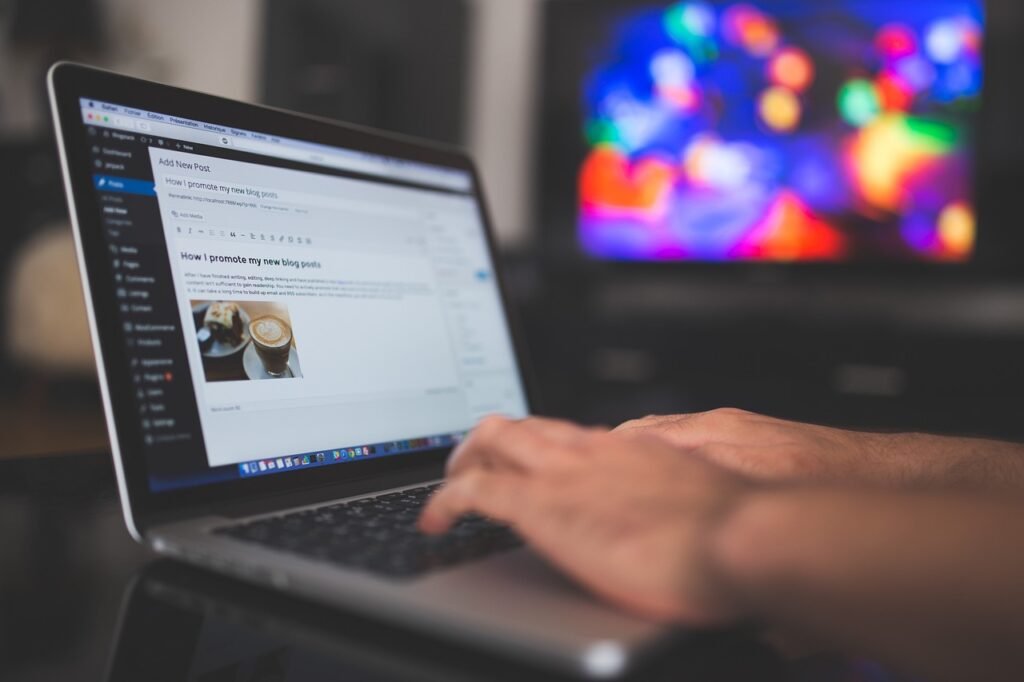TL;DR:
- Learn how can work life balance be achieved through time management, planning for both work and leisure.
- Key steps to achieve balance include:
- Time management: plan for work and leisure.
- Task prioritization: focus on important tasks.
- Set boundaries: separate work from personal time.
- Take regular breaks and unplug after work hours.
- Effective boundary-setting practices:
- Establish work hours and unplug from tech.
- Dedicate time for hobbies and create a separate workspace.
- Flexible work arrangements promote balance through remote work, flexible hours, and part-time roles.
- Mindfulness practices (deep breathing, meditation, yoga) help manage stress and enhance emotional well-being.
- Balance boosts productivity by fostering focus and creativity, leading to greater satisfaction at work and home.
Have you ever wondered why work-life balance seems so elusive? Finding that sweet spot between work and personal life is no easy feat. But striking this balance is crucial for health, happiness, and staying productive at work. So, how can work life balance be achieved effectively without falling into the trap of endless stress and burnout? This article dives into practical strategies that help manage your time and energy, creating space for what truly matters. Discover how to enhance your well-being while maintaining your career goals, all with some actionable tips you can start using today.
The Basics of Work-Life Balance
Work-life balance is about dividing your time and energy between work and personal life so that neither overwhelms the other. It’s crucial for maintaining health, strong relationships, and work performance.
Why does it matter? It prevents stress and burnout. When you’re overworked, health issues can arise. Good balance ensures you’re productive at work and happier at home, allowing you to enjoy life more.
So, how can you achieve effective work-life balance? Here are key steps:
- Time Management: Plan your day for both work and leisure.
- Task Prioritization: Focus on tasks by importance.
- Set Boundaries: Keep work separate from personal time.
- Regular Breaks: Take breaks to recharge.
- Unplug After Hours: Disable work notifications during personal time.
Focusing on these elements brings work-life harmony, supporting your well-being and success in both areas.
Practical Time Management Strategies for Balance
Time management is essential for balancing work and personal life. It helps you use time wisely, ensuring availability for both work and personal tasks. Good time management avoids stressful, last-minute rushes and keeps work from overtaking your personal life.
One method is time blocking. This technique involves dedicating times for specific tasks. It helps avoid distractions by focusing on one thing at a time. Task prioritization is another strategy. By identifying urgent and important tasks, you know what to tackle first. Setting specific task times and ending your workday on time keeps work from encroaching on personal time.

Tips for better time management include:
- Use a planner for tasks and appointments.
- Set deadlines to avoid procrastination.
- Make daily schedules for activities.
- Break tasks into smaller steps.
- Allocate breaks to maintain energy.
- Regularly review schedules for efficiency.
These strategies make you more productive and less stressed. As a result, you gain quality time for personal interests and family, leading to a more balanced life where work and personal commitments coexist peacefully.
Setting Boundaries and Prioritizing Personal Time
Why is setting boundaries crucial in remote work? It tackles stress and prevents burnout. Over 60% of U.S. employees feel remote work disrupts their balance due to blurred lines between work and personal life. Without clear boundaries, work invades personal time, causing exhaustion and lost productivity. Establishing firm work hours is key to protecting personal time.
Effective boundary-setting practices include:
- Establish Work Hours: Define workday start and end.
- Unplug from Technology: Switch off work notifications after hours.
- Dedicate Time for Hobbies: Schedule regular activities for recharging.
- Create a Dedicated Workspace: Separate work from personal space.
- Communicate Availability: Let others know your work hours.
Such practices impact well-being by allowing focus on personal goals, enhancing life satisfaction. Prioritizing personal time improves engagement with family and friends, boosts mental health, and leads to a fulfilling personal and professional life.
Managing Stress and Promoting Emotional Well-being

How does stress affect mental health? It can lead to both physical and mental issues, showing the need to control it. Persistent stress causes anxiety and depression, emphasizing the importance of emotional well-being. A balanced work-life arrangement mitigates these effects by giving personal needs their due, promoting health and happiness.
What are mindfulness practices and relaxation techniques? Mindfulness means being present and aware of thoughts, feelings, and surroundings. Techniques like deep breathing, meditation, and yoga manage stress by creating calmness and focus. They help recognize when work takes over, enabling adjustment for well-being.
| Stress Management Technique | Benefit |
|---|---|
| Deep Breathing | Reduces anxiety and tension |
| Meditation | Enhances focus and clarity |
| Yoga | Improves flexibility and calm |
| Journaling | Promotes self-reflection |
Emotional support systems are vital. Friends, family, and colleagues offer stress management support. Counseling provides professional advice. These resources help navigate challenges, aiding a healthy work-life balance, and boosting mental health and satisfaction.
Flexible Work Arrangements: A Path to Balance
How do flexible work arrangements promote work-life balance? They let employees tailor schedules for better management of professional and personal duties. Flexibility in choosing work times and locations enables personal need accommodation without neglecting job responsibilities. This can boost job satisfaction and reduce stress, fostering a balanced life.
Flexible work options include:
- Remote work
- Flexible hours
- Hybrid workspaces
- Compressed workweeks
- Part-time roles
Remote work presents challenges by blurring work-life lines, risking imbalance. Home distractions and overwork temptations can cause burnout. To combat this, set clear work hours and create dedicated workspaces. Establish routines and communicate boundaries with family and colleagues to enjoy remote work benefits while maintaining well-being.
Enhancing Productivity While Maintaining Balance

How does work-life balance impact productivity? It boosts focus, enthusiasm, and creativity. Maintaining balance allows individuals to concentrate and produce higher quality work. It ensures neither work nor personal life suffers, creating a productive space for both.
What does “working smarter, not harder” mean? It involves boosting productivity through goal-setting and task delegation. Goals help prioritize important tasks. Delegating shares the workload, preventing overwhelm. These strategies optimize time and energy, making work efficient and less stressful.
Why is work satisfaction crucial for productivity? It energizes and motivates effective task tackling. Satisfied and fulfilled individuals put in effort, sustaining productivity. Personal fulfillment enhances work success, encouraging balance that nurtures professional goals and personal happiness. This holistic approach keeps individuals engaged and thriving in all life areas.
Final Words
Achieving work-life balance is a key topic in enhancing health, relationships, and productivity. The blog explored effective time management, boundary setting, stress management, and the benefits of flexible work arrangements. These strategies emphasize the significance of prioritizing personal time and emotional well-being. The goal is not just to juggle tasks but to ensure all aspects of life receive proper focus. When asked how can work life balance be achieved, remember that it’s a personal journey. With conscious effort, you can reach harmony and satisfaction in both work and life.
FAQ
How can work life balance be achieved in the workplace?
Achieving work-life balance at work involves setting clear work hours, managing tasks efficiently, and communicating boundaries. Employers can support by offering flexible schedules and promoting a culture that values personal time.
How can employees improve their work-life balance?
Employees can improve balance by prioritizing tasks, setting boundaries, and scheduling time for personal activities. Using planners and setting firm workday end times are effective strategies.
What creates a good work-life balance?
A good work-life balance is created by managing time, prioritizing tasks, and setting boundaries between work and personal life. It’s about fulfilling both professional and personal commitments while focusing on well-being.
How is work-life balance important?
Work-life balance is crucial for health, relationships, and productivity. It helps prevent stress and burnout by allowing time for relaxation and personal interests, leading to better overall well-being.
What are work-life balance problems and solutions?
Common work-life balance issues include stress and blurred boundaries. Solutions involve time management, setting clear work hours, and engaging in activities for personal rejuvenation.
